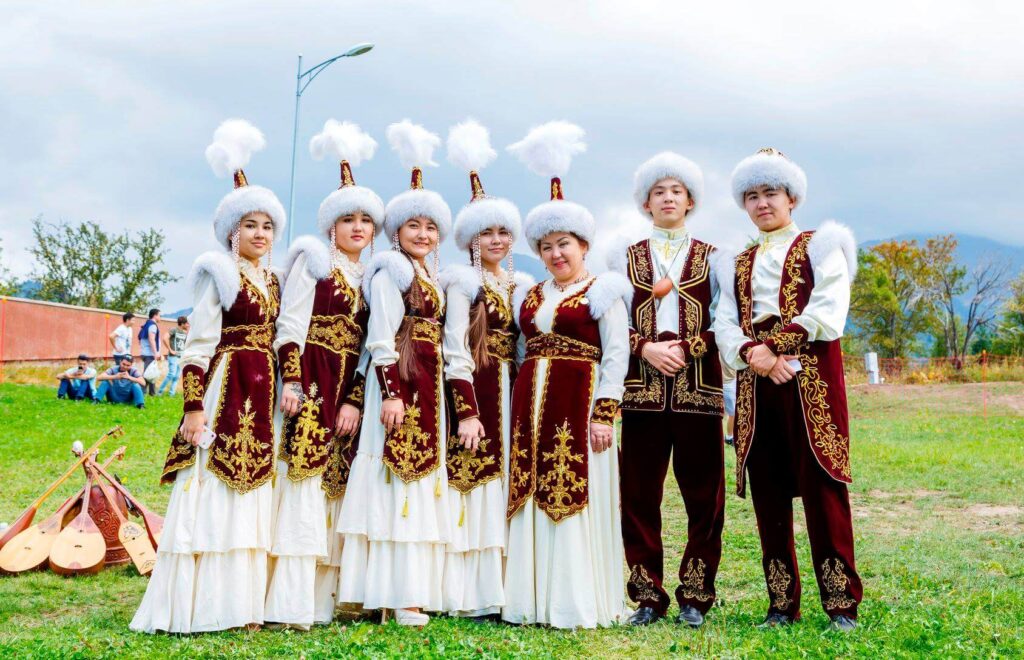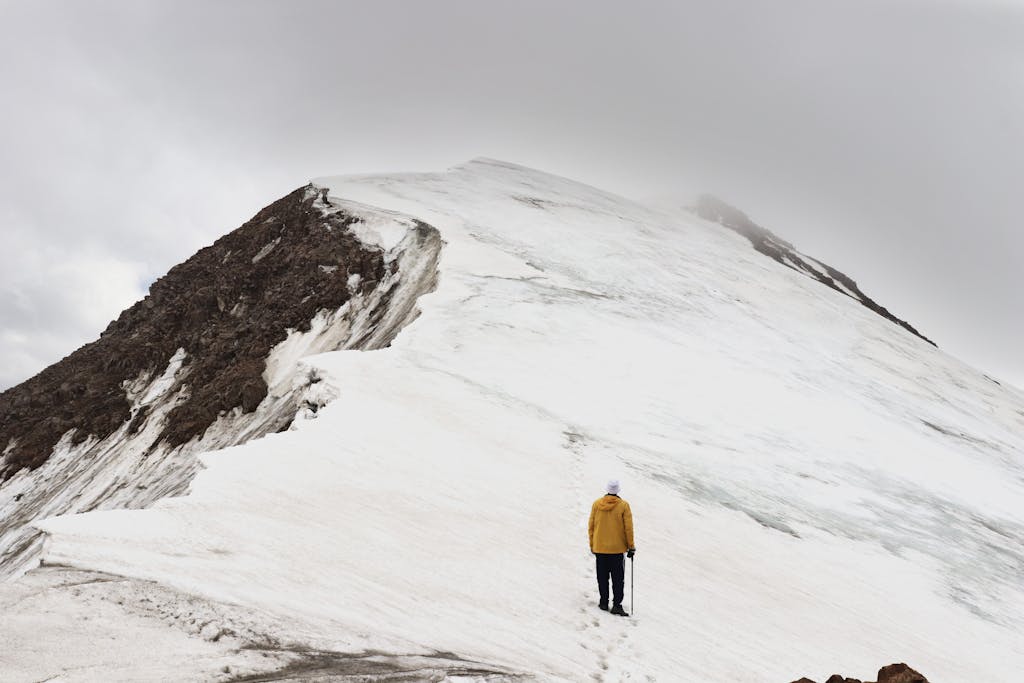The Tamgaly-Tas archaeological complex is located 120 km from Almaty, along the Ile River, in the shu-Ile Mountains.
Inscriptions, petroglyphs, images of gods and animals, and there are about 1000 stones with drawings. The ancient petroglyphs belong to the Bronze Age, and there are two versions of the origin of the Buddhist drawings: 1 – the drawings were left by a Buddhist mission in the 10th century, 2 – the Dzungars (Kalmyks) in the 17th century. The second is somehow more plausible, since the lands of Zhetysu belonged to the Dzungars at that time.
The picturesque rocky relief of the Tamgaly-Tas tract was formed over millions of years by the power of water and wind. It has carved its way through the thickness of shale, limestone and clay.
The name Tamgaly Tas means ‘stone drawings’ in Kazakh and is also known as ‘open-air temple’. The Tamgaly Tas petroglyphs were inscribed on the UNESCO World Heritage List in 2004 due to their exceptional cultural and historical value.
Tamgaly-Tas archeological site tour is a rewarding and educational experience that allows visitors to immerse themselves in the rich history and culture of Kazakhstan. The site offers a unique insight into the ancient art and traditions of the region.
In addition to visiting Tamgaly-Tas, you can also explore the surrounding area, which offers stunning scenery and opportunities for nature observation. The steppe landscape on the way to Tamgaly-Tas is known for its unique flora and fauna, including birds and grazing animals. You can also visit Nomad’s Land, an abandoned film set that has been preserved, or take a boat ride on the Ile River for a scenic experience.

Three images of Buddha are carved into the rocks of the Tamgaly-Tas tract. The first, on the left, immortalises the moment when Buddha Gautama (Shakyamuni) attained Nirvana or enlightenment. The imperturbable Gautama is seated on a lotus flower with his right hand touching the ground with the fingertips, a pose known in Buddhist iconography as “bhumisparsha mudra” (“calling the earth to witness”).
The gesture of ‘touching the earth’ symbolises the Buddha’s victory over the temptations of the evil spirit Mara. In his left hand, resting on the upper part of his left thigh, the Enlightened One holds a begging bowl. The central petroglyph depicts the four-armed Buddha Avalakitesvara (Buddha of Compassion) seated in contemplation on a lotus throne. His front pair of hands are clasped together at his heart in a gesture of supplication, expressing the Buddha’s desire to help all living beings escape the wheel of rebirth (samsara) and free themselves from suffering. In his other two hands, the Buddha holds a crystal rosary and a lotus stem – symbols of holy love and compassion.
The third image on the right is Manlu Buddha (Healing Guru). The healer is seated on a lotus flower. In his right hand, palm out (a gesture of beneficence), the Buddha holds the golden fruit of the Arura plant, which cures disease. In the Buddha’s left hand is a begging bowl filled with healing nectar. The mantra ‘Om mani padme hum’ is carved below the images, symbolising the purity of the Buddha’s body, speech and mind.
Please get in touch with us to choose your best-planned Almaty expeditions.






